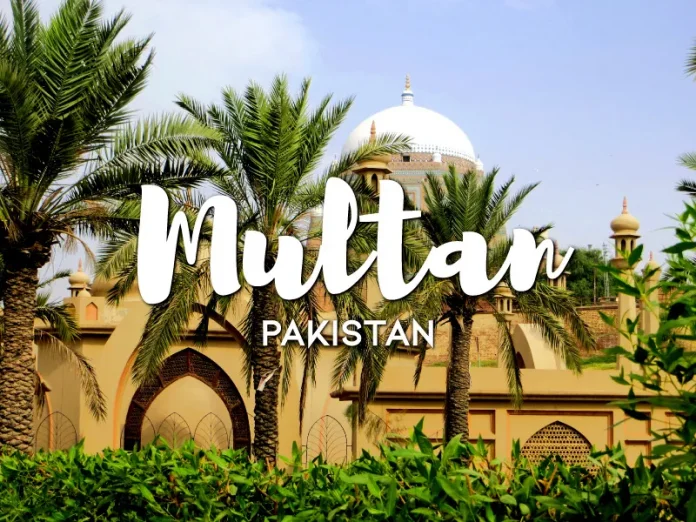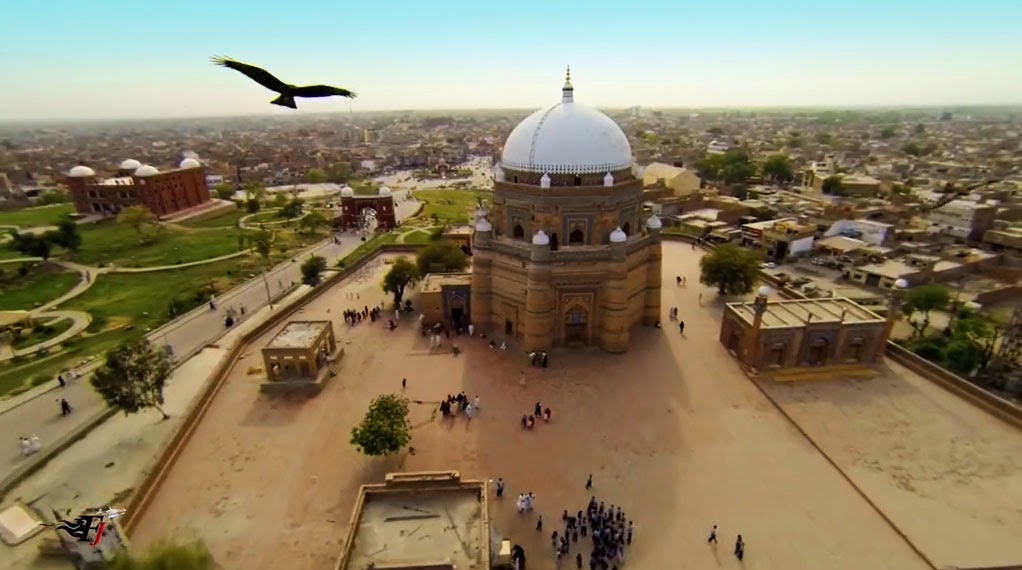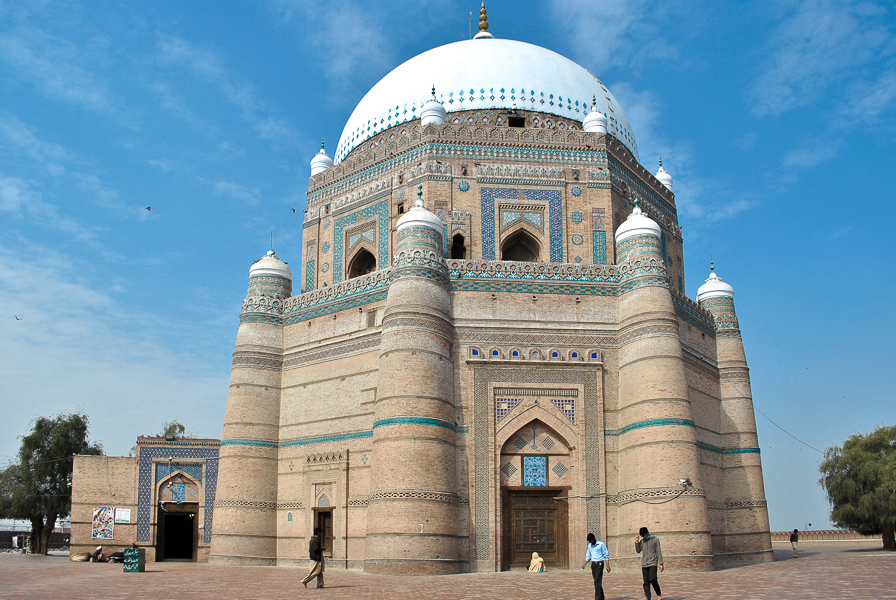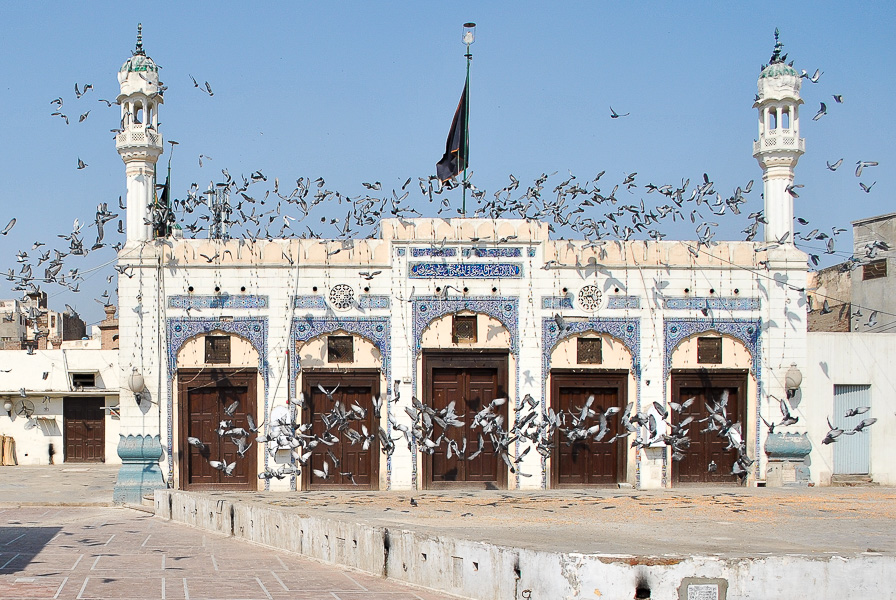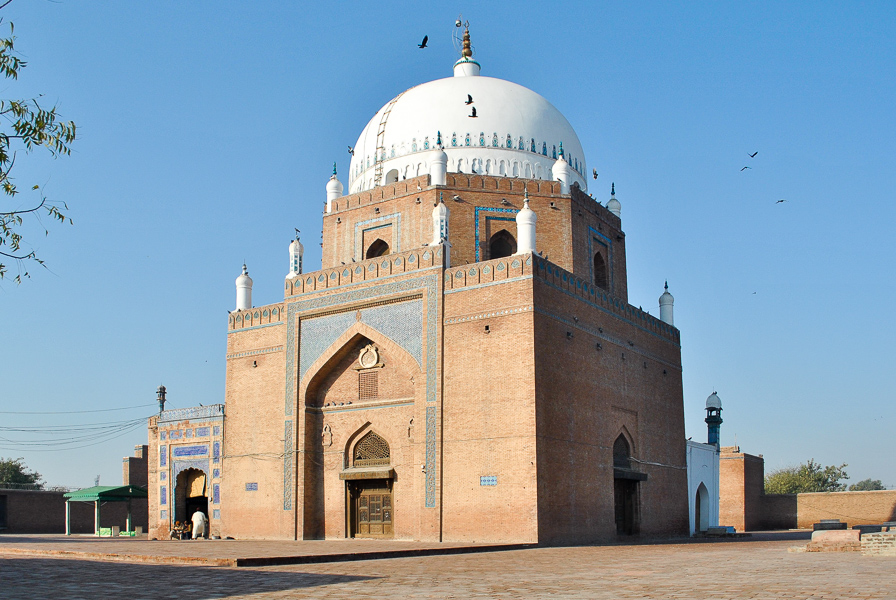Multan is the seventh biggest city in Pakistan. It is known for its historic sites and beautiful buildings. People also call Multan the “city of saints” because there are so many tombs in the city.
Some historians think that Multan is about 2,000 years old and that it has always been a place where Sufi activities took place. The city is even more interesting because of this.
If you like history and want to learn about the different kinds of architecture in Pakistan, Multan is the best place for you to be. Make sure you hire the right architects to make sure of good building and design.
In this blog, we give you a list of places to visit in Multan that is short but full of useful information.
So, relax and take in the virtual tour of Multan.
About Multan:
Alexander the Great besieged Multan in the early years of the third century BC, and the old walled city originally housed the storied Multan Sun Temple.
In the 11th and 12th centuries, many Sufis and saints came to the city because it was a centre of trade and a mix of different religions. After Muhammad Bin Qasim took over in 712 AD, the area that is now Multan grew into a large city.
Because of this, Multan has a lot of historical sites and religious shrines where people from all over the country come to pay their respects to the Sufis.
Near the river, the old walled city was once built like a fort, but the British destroyed it in the 1800s. Still, Multani architecture has a unique style that makes it stand out from other buildings in Pakistan.
Since the weather in Multan goes from extremely hot in the summer to mild in the winter, tourists are advised to visit between October and March, unless they want to brave the scorching heat of the city in the other months.
How To Reach Multan?
Depending on your schedule and how fast you want to be in the city, you can go to Multan by vehicle, bus, train, or airplane. From Karachi or Islamabad, a fast flight of only 1.5 hours can take you to Multan International Airport.
Alternatively, you can take a relaxing rail ride from any of the country’s major cities to Multan Cantt Station. The N-5 National Highway connects Multan to other cities in Pakistan, or you can use the Daewoo Bus Service, which travels the entire nation.
List of Famous Places to Visit in Multan
Tomb of Shah Rukn e Alam
Sheikh Rukn-ud-Din Abul Fateh, who is also called Shah Rukn-e-Alam, is one of Multan’s most well-known Sufi saints. He belonged to the Suhrawardiyya Sufi order and was a mystic.
Over 100,000 people from all over the world visit the shrine every year. The current Sajjada Nashin and caretaker of the shrine is Shah Mehmood Qureshi, who was the foreign minister in the last government.
The tomb can be found right in the middle of Multan. It was built between 1320 and 1324. Historians think that the famous Ghias-ud-Din Tughlak, who was the Governor of Depalpur, built the tomb.
In the 1970s, the department of Auqaf fixed up the tomb. The Kashigars of Multan gave the tomb a fresh coat of paint. The brown building with blue stones is a great example of Mughal architecture from the past.
Tomb of Shah Gardez
Shah Yousuf Gardezi is another well-known Sufi saint whose remains are interred in Multan. About 600 metres to the southwest of Multan’s ancient fort is where his tomb can be found.
The tomb is a little cube-shaped structure with a flat roof that is covered in blue and white glazed tiles that are ornamented with floral motifs and aina-Kari mirrorwork on the inside.
For his significant contributions to the resurgence of Islam in the subcontinent, Yousaf Gardezi is well known.
Multan Fort
A historic symbol of South Asian defence and architecture is the Multan Fort. According to some historians, the fort was constructed sometime between 800 and 1000 BC. The Katoch Dynasty built the fort, but the British Empire severely damaged it while it was under colonial administration.
The enormous fort is unquestionably a piece of art. It boasts massive walls that range in height from 40 to 70 feet (21 m) and have a circumference of 6,800 feet (2 km). At each of the fort’s four gates, there were two flanking towers among the fort’s 46 bastions.
There are 30 towers, a mosque, a Hindu temple, and a palace inside the fort. Originally, the fort had eight gates, but four of them deteriorated over time, leaving the fort with only four gates today: the Qasim Gate, Khatri Gate, Sikhi Gate, and Hariri Gate.
Ghanta Ghar, Multan
One of Multan’s top tourist destinations is the Ghanta Ghar, or the iconic clock tower of Multan. It was constructed under the British Raj, circa 1884 A.D. The Ghanta Ghar’s construction took four years to complete after beginning in February 1884.
It’s interesting to note that the Haveli of Ahmad Khan Sadozai, which was destroyed during the Siege of Multan, served as the basis for the Ghanta Ghar.
Prior to independence, the structure was known as Ripon Hall and Building; however, it is now known as “Jinnah Hall.” The structure was initially utilised for business gatherings and cultural events.
Visit the Ghanta Ghar Multan if you want to experience the city’s commotion. Small neighborhood stores sell traditional Multani goods including ajrak and clay pottery close to the Ghanta Ghar.
Bibi Pak Daman Mausoleum
The great Bibi Pak Daman, often referred to as Bibi Rasti, was the mother of the illustrious Rukn-i-Alam. She worked hard to revive Islam in Multan and was also a pupil of Bahauddin Zakariya.
She was interred close to the historic Mai Totla shrine. The tomb is rectangular in design and richly embellished with the distinctive blue and white stonework of Multan’s construction.
The triple arches on the east front, which are supported by double columns, give access to a large portico that houses several burials.
The mausoleum is located in the middle of a property surrounded by high walls. The tomb also has a gatehouse with a dome.
Many people visit the grave to pay their respects to Multan and the surrounding areas.
Shrine of Baha-ud-Din Zakariya
One of the most well-known Sufi mystics, poets, and instructors, Baha-ud-Din Zakariya also founded the Suhrawardiyya order of Baghdad in medieval South Asia.
His Darbar was constructed at Multan after his death in 1268. When measured internally, the tomb is 51 ft 9 in (15.77 m) square. Above this is an octagon that is roughly half the height of the square and has a hemispherical dome atop it. One of Multan City’s most popular destinations is it.
Things To Do In Multan
Aside from taking in the sights, there are plenty of other things to do in Multan. Some of the top activities to make the most of your time in the city include:
Watching A Game Of Cricket
With a capacity of 35,000, the most recent improvements have made Multan Cricket Stadium one of the biggest in Pakistan. If you enjoy watching cricket, go to the stadium because there are frequently exhibition matches and amateur competitions going on all year.
Shopping At Hussain Agahi Bazaar
The all-encompassing Hussain Agahi bazaar is a haven for anyone who enjoys handmade goods. You may buy anything here, including gadgets, regional fabrics, rugs, spices, pottery, and local delicacies.
The bazaar is spread out over numerous levels, and in order to get a decent price, negotiating is essential.
Taking Some Souvenirs Home
Multan is a centre of culture, and many handicrafts are known for coming from Multan. This includes the blue tiles that are used to decorate so many of the shrines in town.
Craftspeople in the area use these same blue tiles to make pottery, so you can bring home a unique vase or pot to remind you of your trip.
Multani Mitti, a clay found in Multan that is used to treat acne, is another well-known gift from the city. Multani Sohan Halwa is another local treat that you should bring back to your family and friends when you leave Multan.


